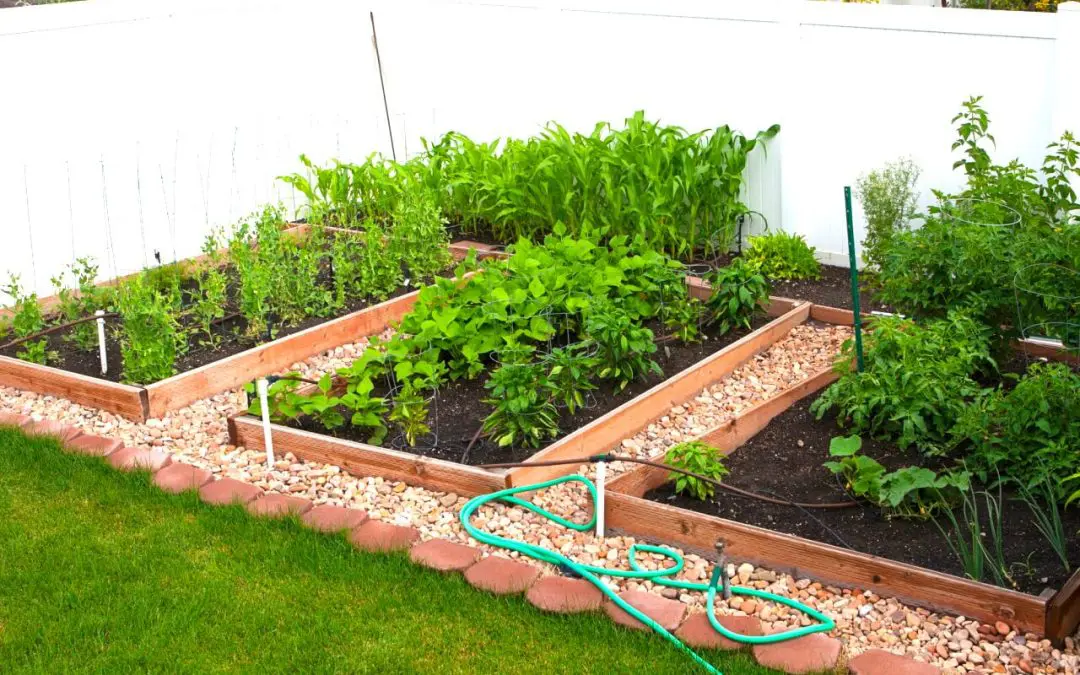Sustainable living is a lifestyle that promotes a healthier planet and a healthier home. As homeowners, we have the unique opportunity to adopt practices that benefit the environment and enhance our daily lives. If you want to incorporate sustainable living practices into your home, you’re in the right place. In this guide, we’ll explore practical steps to make your home greener, your energy bills lower, and your conscience lighter.
Start with Energy Efficiency
A sustainable home begins with energy conservation. Small changes make a big impact, like replacing old light bulbs with LED alternatives. LED bulbs use less energy and last longer, reducing waste and costs over time.
Upgrading your appliances is another excellent step. Modern energy-efficient appliances consume less electricity and water, which means savings for you and a smaller carbon footprint. If a full appliance upgrade isn’t feasible, simple habits like unplugging devices when not in use can still make a noticeable difference.
Reevaluate Water Usage
Water conservation is a cornerstone of sustainable living. Simple changes in your daily routine, such as turning off the tap while brushing your teeth, save gallons of water each day. Installing low-flow faucets, showerheads, and toilets reduces water consumption without compromising performance.
For outdoor spaces, try xeriscaping—a landscaping method that uses drought-resistant plants to minimize water usage. If you prefer a lush lawn, collect rainwater in barrels to irrigate your yard naturally.
Sustainable Living Practices: Embrace Renewable Energy
Installing solar panels is one of the most impactful ways to transition your home to sustainable energy. While the initial investment may seem steep, the long-term benefits, including lower energy bills and potential tax incentives, are worth it.
If solar panels aren’t an option, embrace renewable energy by switching to a green energy provider. Many companies offer plans that use wind, solar, or hydropower to generate electricity.
Make Your Home Smarter
Smart home technology is an ally for sustainable living. Programmable thermostats, for instance, can optimize your heating and cooling systems, reducing energy waste. Some models even learn your habits over time to make adjustments automatically. Smart lighting systems allow you to control lights remotely. These small tweaks will add up to significant energy savings.
Prioritize Sustainable Materials
When it’s time to renovate or redecorate, look for sustainable materials. Bamboo flooring, reclaimed wood furniture, and natural fiber rugs are excellent options. These materials are environmentally friendly and bring a unique aesthetic to your home.
Incorporating second-hand items is another way to support sustainability. Vintage furniture and décor are often of higher quality than their mass-produced counterparts, offering style and longevity.
Sustainable Living Practices: Grow Your Own Food
Starting a garden, even a small one, is a rewarding way to live sustainably. Whether you have space for a backyard garden or just a few pots on a balcony, growing your own herbs, vegetables, or fruits reduces your reliance on store-bought produce. You’ll also eliminate the need for plastic packaging and transportation, contributing to a smaller environmental footprint.
Composting is a natural extension of gardening. Turning food scraps into nutrient-rich soil reduces waste and improves the health of your garden.
By making thoughtful choices, you’ll embrace sustainable living practices that benefit the environment and your everyday life. Each small change adds up, creating a positive impact for future generations. Your sustainability journey begins today, and every step you take brings us closer to a greener future.
FAQs About Sustainable Living Practices
What’s the easiest way to start living sustainably at home?
Start small with energy-efficient light bulbs, reusable shopping bags, and turning off lights and devices when not in use. These changes are simple but make a noticeable impact.
How can I afford sustainable home upgrades?
Focus on incremental changes. Replace appliances and materials as they wear out with energy-efficient or sustainable options. Look for government rebates and incentives for upgrades like solar panels or energy-efficient windows.
Is sustainable living expensive?
Not necessarily. While some initial investments might seem pricey, many sustainable practices save money in the long run, like reducing energy and water bills. Simple changes, such as reusing items and reducing waste, often cost nothing.
Can I live sustainably in a small home or apartment?
Absolutely. Small spaces still benefit from practices like energy efficiency, water conservation, and recycling. Indoor plants and balcony gardens add greenery, and reusable items reduce waste regardless of space limitations.
How do I get my family on board with sustainable living?
Lead by example and explain the benefits in simple terms. Engage your family in fun activities like gardening or DIY recycling projects. Involving everyone makes the transition easier and more enjoyable.
Legacy Property Inspections offers inspection services to homebuyers and sellers in Southeast Georgia. Contact us to request an appointment.

